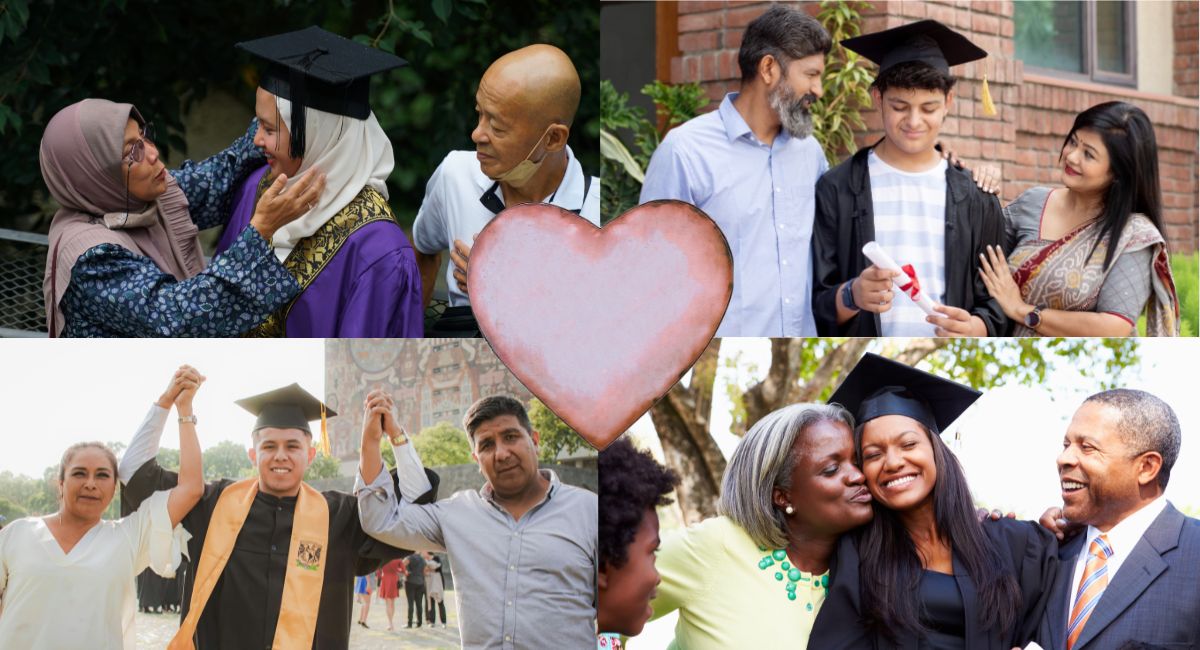A recent ACOM media briefing featured a national panel bringing together ethnic media reporters to discuss the motivations behind family migration. Their guest: Dr. Gabriela Oliveira, Jorge Paulo Lemann Associate Professor of Education and Brazil Studies at the Harvard Graduate School of Education.
The session’s theme, “Why Do Families Migrate? Children’s Education is the Currency of Love” pierced deeper than statistics or headlines. It was a conversation that traded policy jargon for lived truth—a truth that Oliveira has spent years researching and recording. Her book, Now We Are Here, brings forward the layered realities of immigrant families who, amidst fear, uncertainty, and sacrifice, find emotional grounding in their children’s education.
“We often hear migration discussed in one-dimensional terms,” Oliveira began. “As if families uproot their lives solely for jobs or safety. But what I found in my research is more profound: education is how immigrant parents express love. It’s how they give meaning to their sacrifice.”
She calls it a “currency of love.”
In her work, Oliveira traces the steps of families torn by detention, separation, and displacement, yet still holding on to the classroom as a place of redemption. From border crossings under duress to quiet school drop-offs laced with anxiety, her portraits reveal the human cost of policies designed to deter.
That human cost came painfully into view during the briefing, as Marrero referenced the tragic story of Norrisontay Ramos, a 17-year-old honor student deported to Guatemala alongside her mother. Her mother, an Indigenous woman, died shortly thereafter due to lack of access to medication. Oliveira’s voice softened but remained resolute.
“We don’t make immigration policy thinking about children,” she said. “And yet, children bear the heaviest brunt. There’s an assumption that young people are resilient, but we can’t keep betting on their ability to bounce back from trauma we’ve inflicted.”
This trauma is not abstract. It sits in the skipped school days when parents fear deportation. It shows up in the silences of classrooms when students hesitate to speak their stories. Oliveira noted how children often try to process their lives through writing and storytelling, only to be met by educators too afraid to open emotional doors.
“We tell teachers not to re-traumatize kids,” she acknowledged, “but the real harm comes from not listening. Schools need to become ecosystems of trust. That means bringing in not just teachers but social workers, speech therapists, and immigrant liaisons.”
Throughout the conversation, Oliveira emphasized that the immigrant story isn’t monolithic. One reporter asked about the mindset of Korean families who emphasize academic excellence. Another raised the experiences of Indigenous migrants from places like Oaxaca. Oliveira stressed that educators must resist homogenizing immigrant identities. “They’re not just Latinx, or Asian, or immigrant. They’re Oaxaqueño, they’re Garifuna, they’re Vietnamese—each with a unique context and need.”
Despite the relentless waves of hardship—Trump-era separations, COVID-19, current surveillance fears—Oliveira noted a profound resilience among immigrant families. “They continue to be hopeful. They believe in the promise of schooling because it’s the only stable thing left.”
But that promise is fragile. As diversity, equity, and inclusion (DEI) offices shut down and educators face rising political constraints, the infrastructure of support crumbles. School districts, already short-staffed, struggle to provide even basic language access. Cultural liaisons, family outreach workers, bilingual aides—the glue that holds school-family relationships together—are disappearing.
Still, pockets of possibility remain. Oliveira pointed to schools in New York and Massachusetts experimenting with subcommittees focused on immigrant student success, and programs that integrate cultural storytelling into everyday curriculum. These aren’t add-ons but necessities.
“We can’t just do heroes-and-holidays diversity,” she warned. “We need to celebrate full humanity—not just in a moment, but in the everyday life of schools.”
Asked about immigrant students’ role in shaping America’s future workforce, Oliveira was clear: “Our competitiveness as a country depends on them. If we don’t educate these kids, we’re not just failing morally—we’re failing economically.”
As the briefing closed, the digital gallery of reporters lingered in visible reflection. No one needed a final rally cry. The stories had spoken. The message was clear.
In this America, for immigrant families, education is not just a path forward. It is the bridge between anguish and aspiration, fear and faith. And in every lunch packed, in every anxious school drop-off, in every whispered bedtime hope, it remains what it has always been: an act of love.
#FamilyMigration #CurrencyOfLove #ImmigrantEducation #HarvardVoices #ACOMBriefing #EthnicMedia #EducationMatters #ImmigrantHope


